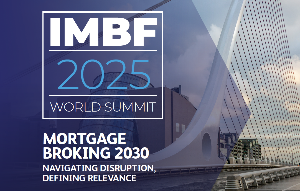
It also found that the fees charged on default KiwiSaver funds are on average lower than the fees charged to members of similar default fees in Australia and Britain.
The analysis found the was “a weak relationship” between the sizes of funds and the total fees paid.
“Due to the lower average fees and significantly lower funds under management (FUM) that characterises the New Zealand peer group, no meaningful benefit of scale are observed compared to the other systems,” Deloitte said.
Generate declined to comment on the results.
Fees charged by choice funds varied widely, but when management style, asset allocation variations and relative scale were taken into account, the fees charged by NZ and Australian funds were about equivalent.
Deloitte compared a NZ$30,000 account balance, the average size of KiwiSaver accounts currently, across the three countries and also a NZ$50,000 account balance “to capture a potential future state average KiwiSaver account balance.”
Deloitte noted that fees remain “an area of focus” for pension and retirement systems around the world.
“This is due, in part, to the material impact that fees have on the outcomes realised by consumers during retirement.”
The accounting firm considered each country's retirement income system, the impact of legislation such as mandated fee caps and asset allocation requirements, as well as product and fee structures.
It also looked at the largest providers in each country and representative funds from each of the major sectors and included all six of the NZ default providers and the information used is valid to March 31 this year.
Australian managers commonly charge dollar-based fees with 79% of default products and 71% of choice options charging a median fee of NZ$62 a year.
By contrast, no default providers in NZ and only 29% of local choice funds apply such a fee with the highest being $36 as year. In the United Kingdom, only 17% of funds charge dollar-based fees.
Deloitte notes that while dollar-based fees impact those with lower balances most, Australian accounts typically have higher average balances than the two sizes Deloitte examined, mitigating the impact.
Funds with higher allocations to growth assets tend to have higher fees, reflecting the higher management costs.
“We note that all funds in the NZ and UK peer group mostly exhibit a FUM lower than all but the smallest funds in the Australian peer group. In addition, the Australian system offers a substantially higher number of high growth options compared to the NZ system,” Deloitte says.
Fees ranged from a median 0.48% to 1.01% for a NZ$30,000 balance in a choice fund and from 0.44% to 0.92% for a NZ$50,000 balance.




Comments
No comments yet.
Sign In to add your comment